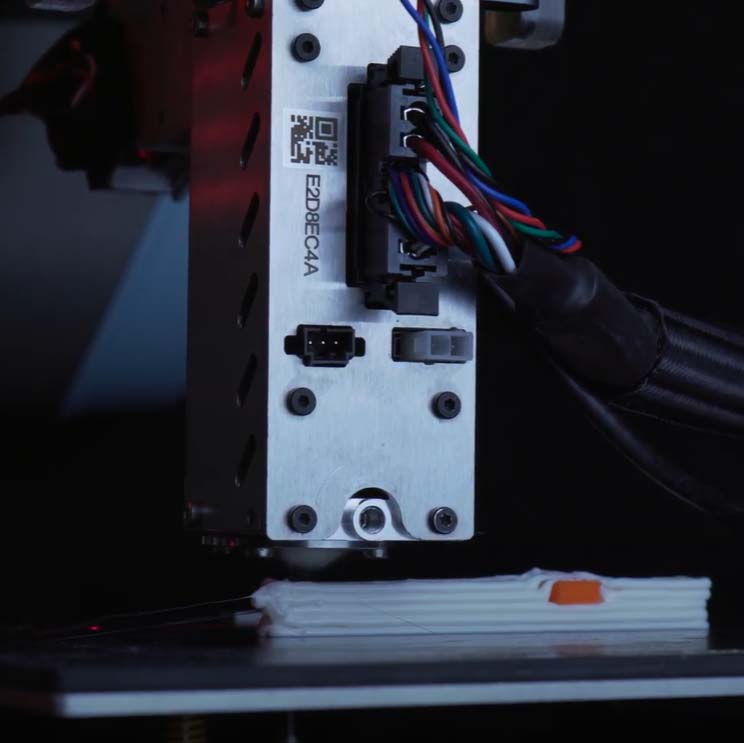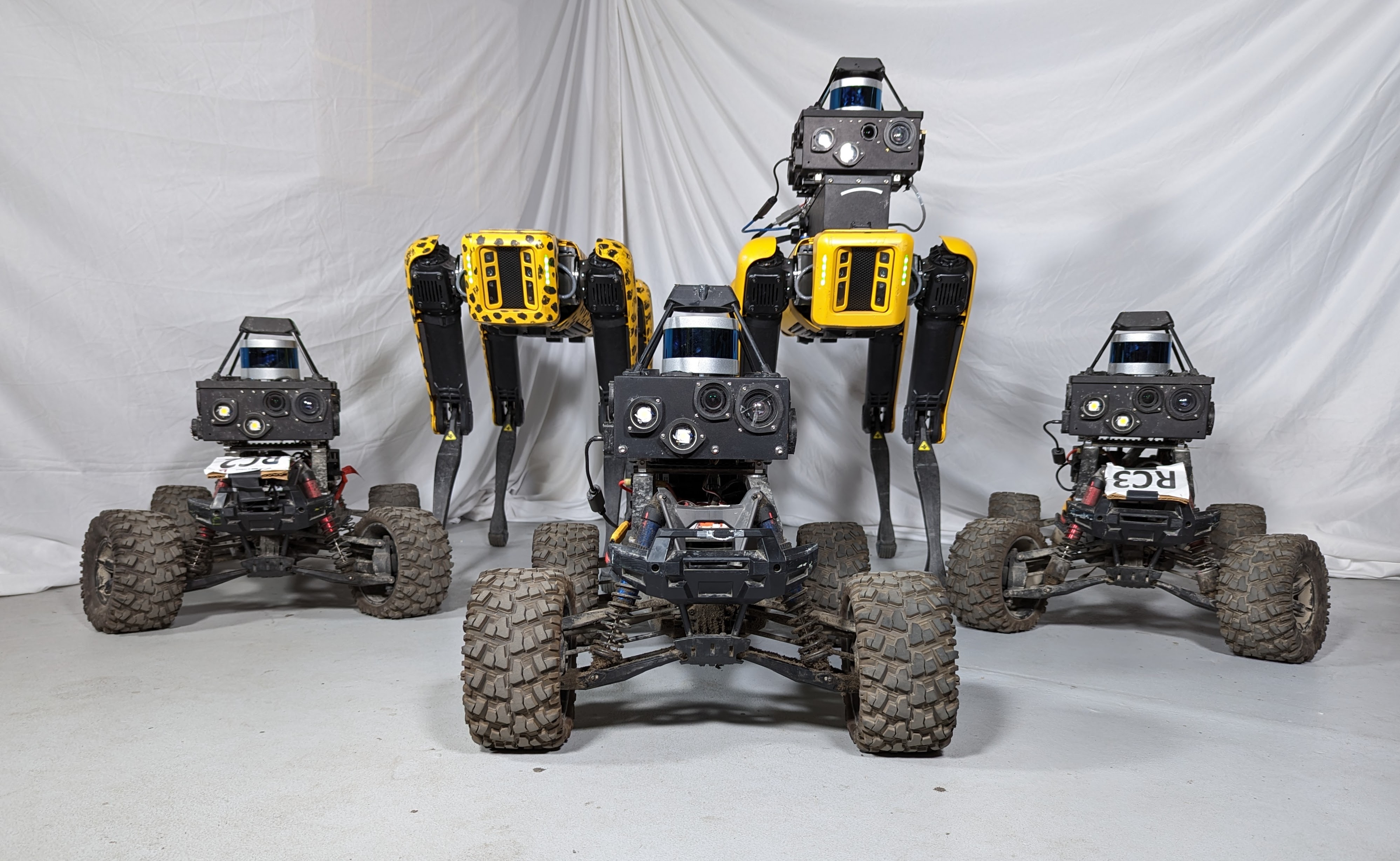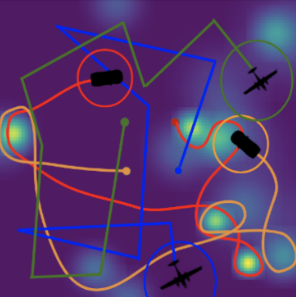Nuclear Inspection
Certain areas of nuclear power plants or nuclear waste storage locations are highly radioactive and cannot be safely accessed by people. While a variety of conventional robots have been developed to help provide access to radioactive locations, there are still limitations to where these robots can access and move. Snakelike robots’ size and maneuverability could provide access to otherwise unreachable locations within these radioactive environments. In particular, these robots could address the challenge of inspecting inside of dry storage casks, waste storage tanks, piping within nuclear power plants or waste vitrification plants, or in other radioactive locations. The robot’s ability to swim could also enable them to perform underwater tasks such as spent fuel pool inspection or reaching locations within boiling water reactors.
Remote access to radioactive areas
The robot’s wide range of locomotion capabilities allow it to remotely access radioactive environments, while keeping workers away from harmful radiation.
Reach locations that other equipment cannot reach
Nuclear power plants, vitrification plants, or storage locations such as tasks contain equipment, tanks, and piping networks that conventional robots have trouble reaching or inspecting. The snake robot’s unique capabilities enable it to access these otherwise unreachable locations.
Access through small ports, vents, or openings
The robots can squeeze through small openings to access tanks or storage casks. This enables remote visual inspection (RVI) or nondestructive testing (NDE) without the need to cut into the equipment or open the radioactive cask.
Zwentendorf Nuclear Power Plant Deployment
In May of 2013, researchers from the CMU Biorobotics Lab performed test deployments inside of the Zwentendorf Nuclear Power Plant in Zwentendorf, Austria. The snake robots were sent inside of several steam pipes, vessels, and other confined spaces to test the robots’ ability to perform useful inspections inside a nuclear power plant environment. The robot was able to capture high-quality, well-lit images from areas that would not have been accessible with borescopes or other conventional inspection tools.


